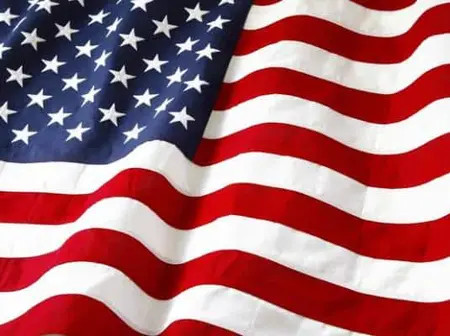Washington, D.C., September 2025 – In July 2025, the United States witnessed a dramatic decline in international student arrivals, triggering alarm among colleges and universities nationwide. This drastic fall in U.S. student arrivals is causing significant concern.
Data from the International Trade Administration revealed that overall student visa arrivals fell by approximately 28–28.5% compared to July of the previous year. The decline is even steeper for Indian students, whose arrivals dropped 46% year-over-year—a near-halving in a single month.
Education leaders are sounding the alarm. Fanta Aw, CEO and Executive Director of NAFSA: Association of International Educators, expressed grave concern over the recent figures.
“The United States has long been the top destination for the world’s best and brightest minds,” said Aw. “This data serves as the latest alarming evidence that U.S. preeminence is in jeopardy.”
Aw’s remarks underscore the broader fears that the United States’ competitive edge in global education is eroding. For decades, American universities have relied not only on the economic contributions of international students but also on the innovation, research, and cultural diversity they bring to campus life. With declining arrivals, that status is under increasing threat. The drastic fall in international student numbers exacerbates these concerns further.
Total Arrivals: Around 76,519 students arrived in July 2025, marking roughly a 28.5% decrease from July 2024.
Indian Students: Arrivals plummeted by 46%, representing the most drastic drop among source countries.
Chinese Students: Also significantly impacted, with arrivals down about 26% year-over-year.
Several compounding factors underpin the sharp downturn, contributing to the drastic fall in student interest.
Visa Appointment Freeze: Between May 27 and June 26, 2025, U.S. consulates halted all student visa interviews, creating a backlog that disrupted the summer admission cycle.
Enhanced Vetting & Social Media Checks: Starting mid-June, applicants were required to provide social media handles for scrutiny, adding delays and fueling rejections—even for qualified candidates.
Heightened Scrutiny under Section 214(b): U.S. consular officers have increasingly denied visas based on perceived intent to immigrate, compounding uncertainty.
The implications for U.S. higher education institutions are profound:
Tuition Revenue Losses: The steep decline could result in $2.6 billion in lost tuition revenues in the near term, based on projected enrollment shortfalls.
Wider Economic Impact: According to NAFSA and JB International, losses could soar to $7 billion, and up to 60,000 jobs might be at risk across university towns.
Campus-Level Pain Points: Examples include:
University of Texas at Arlington: Facing a projected 40% drop in international students, translating to a $13–15.6 million tuition shortfall.
University of North Texas: Anticipated a $50 million budget hole related to fading international enrollment.
USC: Already grappling with a $200 million deficit, which is exacerbated by steep declines in international students.
For students and institutions alike, the consequences run deep:
July 2025’s staggering decline in international student visa arrivals—particularly the nearly 50% drop for Indian students—serves as a wake-up call. The combined effect of visa backlogs, stringent vetting, and policy instability not only imperils individual academic dreams but also threatens the financial backbone of U.S. higher education.
As the 2025–26 fall semester looms, university leaders, policymakers, and international educators must act swiftly to stem the tide. Restoring efficient visa processes, reestablishing trust, and offering clearer guidance could make the difference between regaining global competitiveness—or watching a generation of talent slip away. The drastic fall in US student arrivals highlights the urgency of such actions.

Leave a Reply